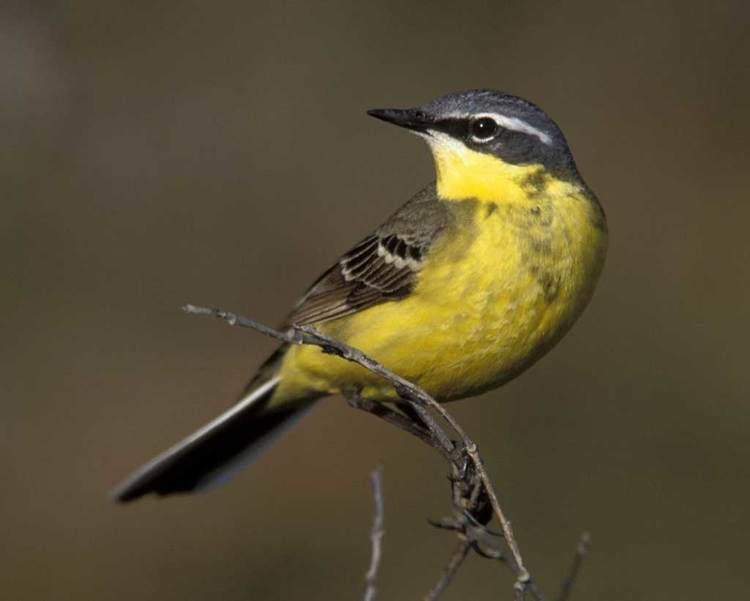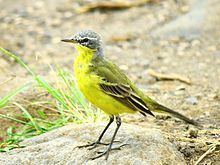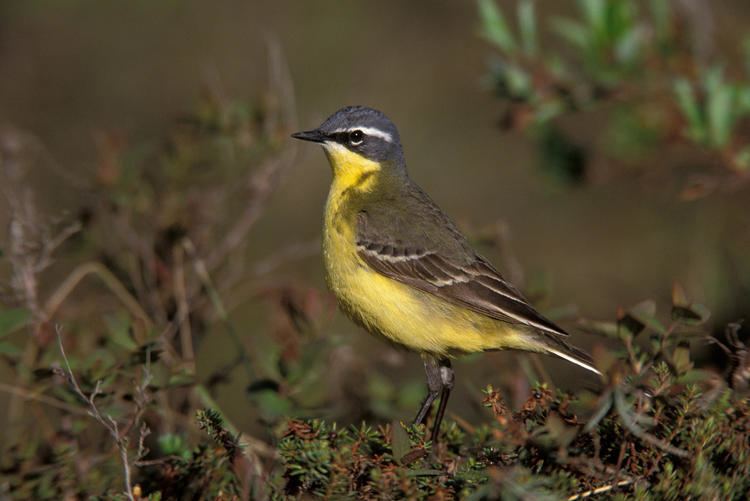Genus Motacilla Rank Species Higher classification Wagtail | Scientific name Motacilla tschutschensis Phylum Chordata Order Passerine | |
 | ||
Similar Wagtail, Bird, Passerine, Western yellow wa, Motacillidae | ||
Eastern yellow wagtail shetland 11 10 16
The eastern yellow wagtail (Motacilla tschutschensis) is a small passerine in the wagtail family Motacillidae, which also includes the pipits and longclaws.
Contents

This species breeds in temperate Asia and has a foothold in North America in Alaska. Populations migrate to south Asia and Australia.

Vagrant individuals occur around the winter quarters at migration time. For example, on Palau in Micronesia migrant flocks of this species – apparently of the Bering Sea yellow wagtail, and including many adult males – are regularly seen, while further north on the Marianas, only the occasional stray individual – usually females or immatures as it seems – is encountered.

It is a slender 15–16 cm long bird, with the characteristic long, constantly wagging tail of its genus. The breeding adult male is basically olive above and yellow below. In other plumages, the yellow may be diluted by white. The heads of breeding males come in a variety of colours and patterns depending on subspecies.

The call is a characteristic high-pitched jeet.
This insectivorous bird inhabits open country near water, such as wet meadows. It nests in tussocks, laying 4–8 speckled eggs.

Systematics

This species' systematics and phylogeny is extremely confusing. Literally dozens of subspecies have been described at one time or another, and 5 are currently considered valid depending on which author reviews them. In addition, the citrine wagtail (M. citreola) forms a cryptic species complex with this bird; both taxa as conventionally delimited are paraphyletic in respect to each other. In addition, some taxonomic authorities continue to keep the eastern and western yellow wagtails together as yellow wagtail, (M. flava).
Current subspecies:
